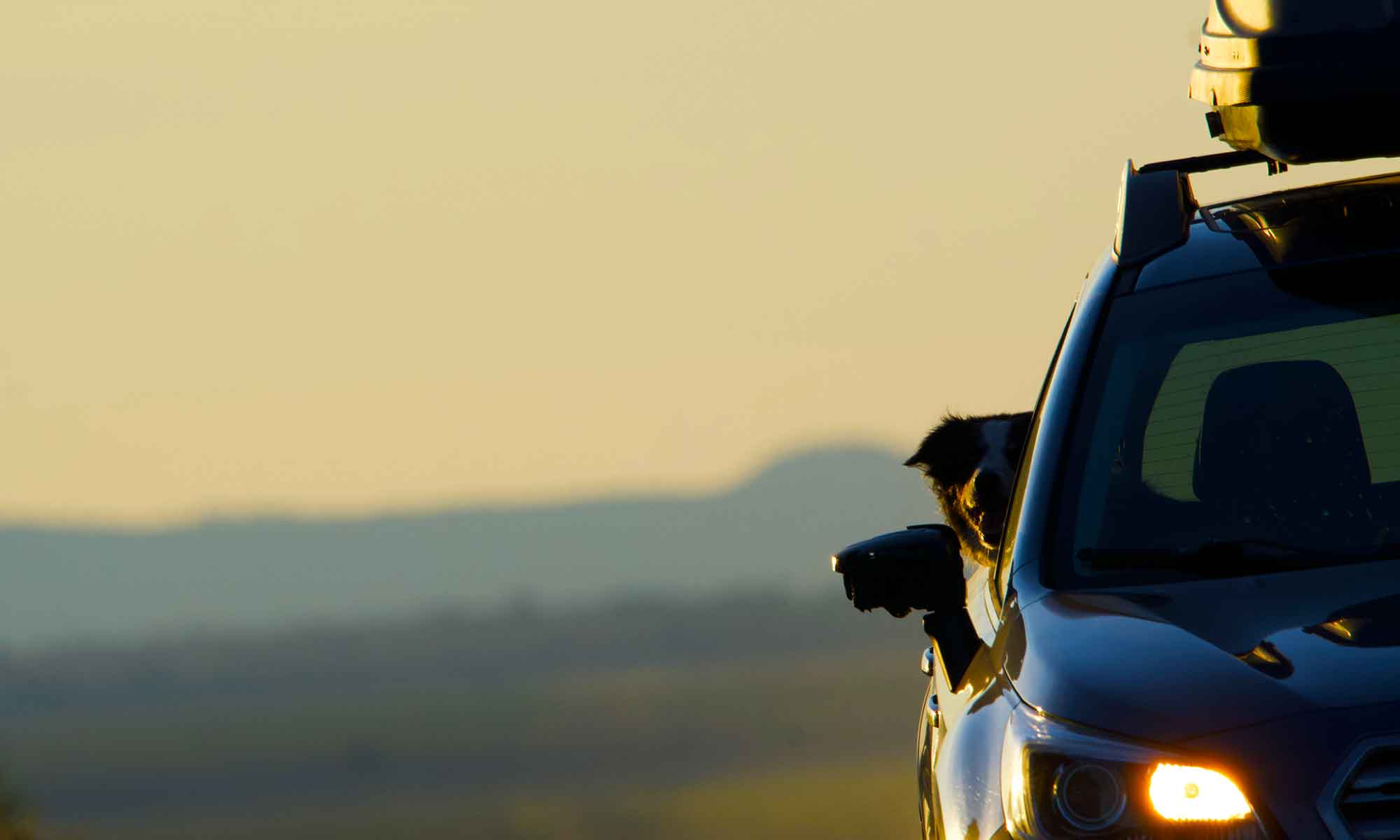
This week we headed up to Hood River and a trip through the Fruit Loop. It is a bit earlier than normal, but a great break from the smoky air that plagues Central Oregon.
The drive is an annual trek and usually focuses on Kiyokawa’s orchard, a favorite stand. The difference is this year we are early by nearly a month and thus the selection is different. We’re looking for peaches and plums with thoughts of preserving a few, and of course making Pflaumenkuchen.

The apple season is just starting so where normally there would be tens of varieties, this day there was maybe half a dozen to choose from. There was also a selection of pears, as they are in season as well. On the other hand, peaches are end of season, but we found some Veterans which we’ll preserve a couple of quarts to keep the pantry up to date.
The drawback to Kiyokawa is they only sell in bulk. The pandemic has curtailed open bins with tasting trays for each variety and now you buy by the pound.
 We stopped at a new stand, Pearls Place. There you can pick up individual pieces, as well as boxed or bagged fruit.
We stopped at a new stand, Pearls Place. There you can pick up individual pieces, as well as boxed or bagged fruit.
Pearl’s had a great variety of stone fruit and in that mix were Italian Prune Plums, which were at the top of our list.
It worked out well to hit the orchards at a different point in the season and we are enjoying the peaches as much as the apples and pears. The trip home was through Maupin with lunch on the Deschutes River. It was a great end to a nicely smoke-free day.



















 A weathered sign board in a dusty parking area with a single flat metal post designates the trailhead. There is only a bit of shade offered by a single pine tree. A gentle incline, covered in sage and native grasses, sits below basalt cliffs marking the wilderness areas outer edges. The cacti we’re looking for may be scattered along this hillside and we assume, after the trail crests the cliff, though we’ve not hiked that far up.
A weathered sign board in a dusty parking area with a single flat metal post designates the trailhead. There is only a bit of shade offered by a single pine tree. A gentle incline, covered in sage and native grasses, sits below basalt cliffs marking the wilderness areas outer edges. The cacti we’re looking for may be scattered along this hillside and we assume, after the trail crests the cliff, though we’ve not hiked that far up.

























 At the first switch back there’s a short hike loop that runs along the canyon edge and offers spectacular views up and down the valley.
At the first switch back there’s a short hike loop that runs along the canyon edge and offers spectacular views up and down the valley.



















